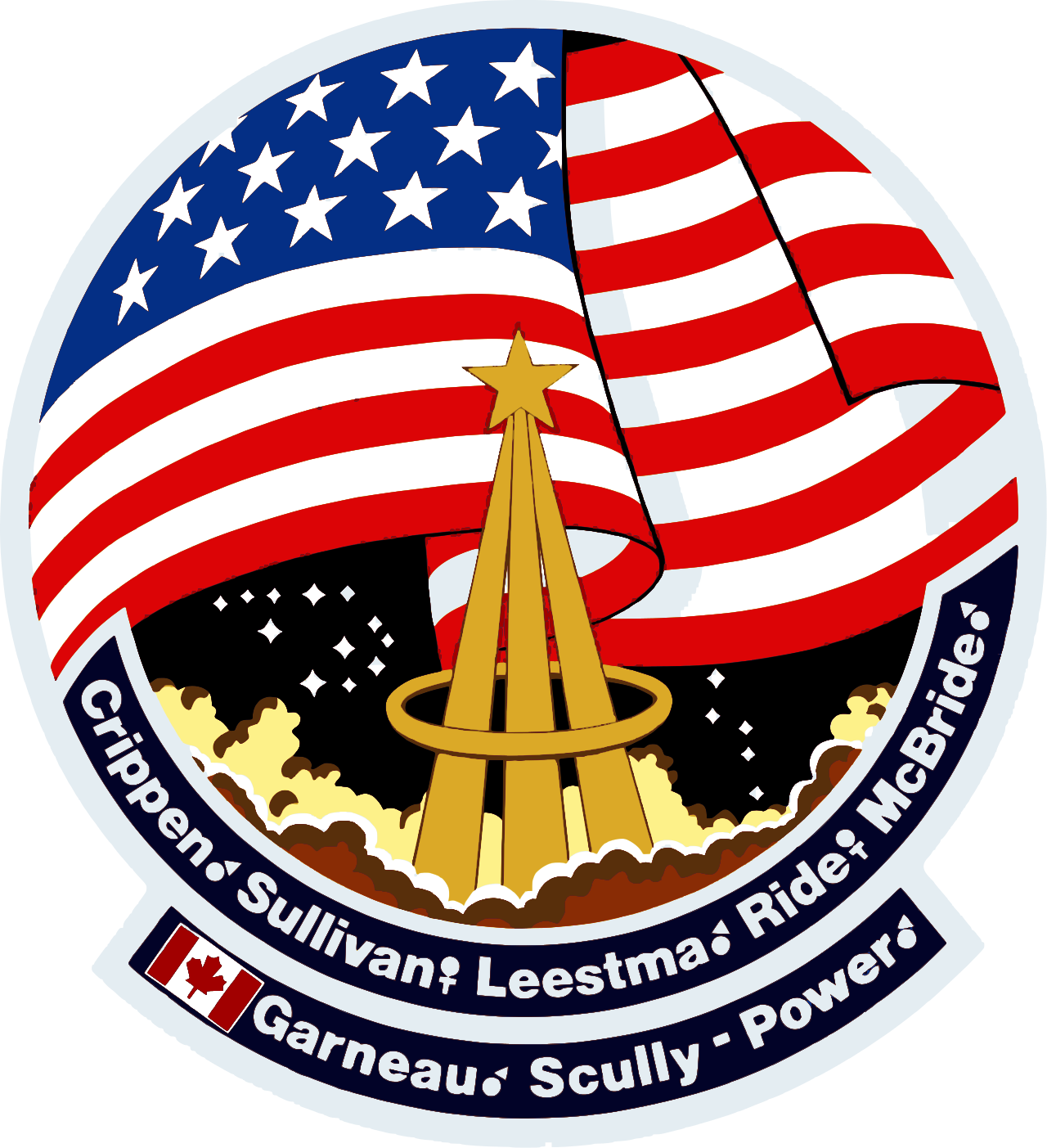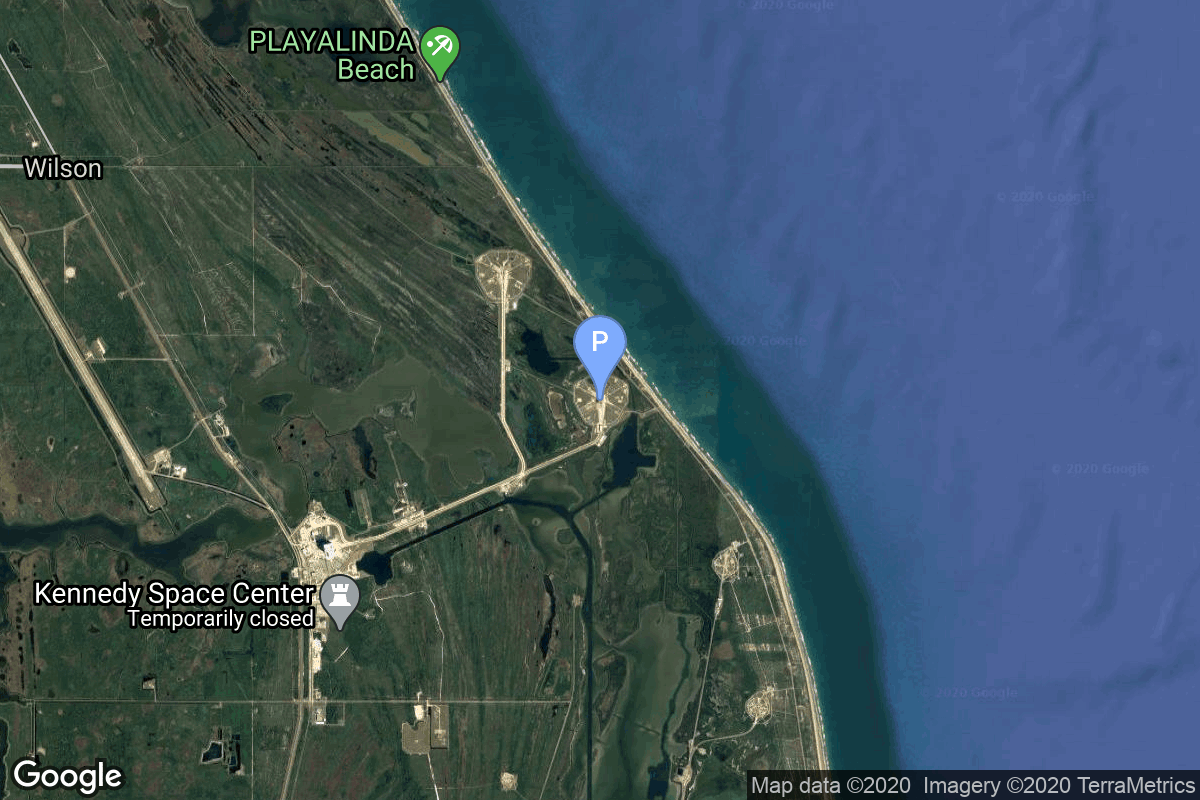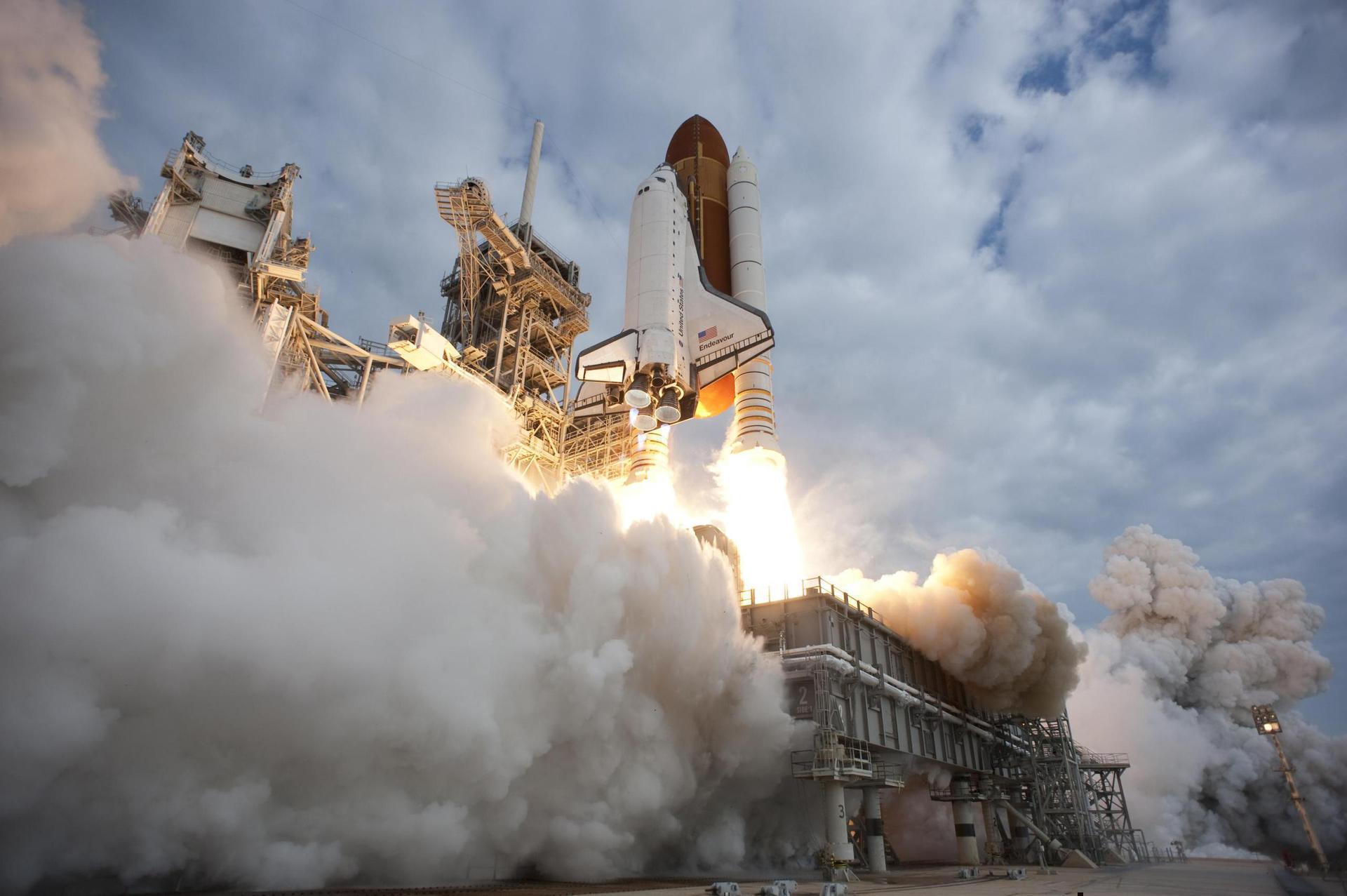STS-41-G
Space Shuttle Challenger / OV-099
Lockheed Space Operations Company
Crew
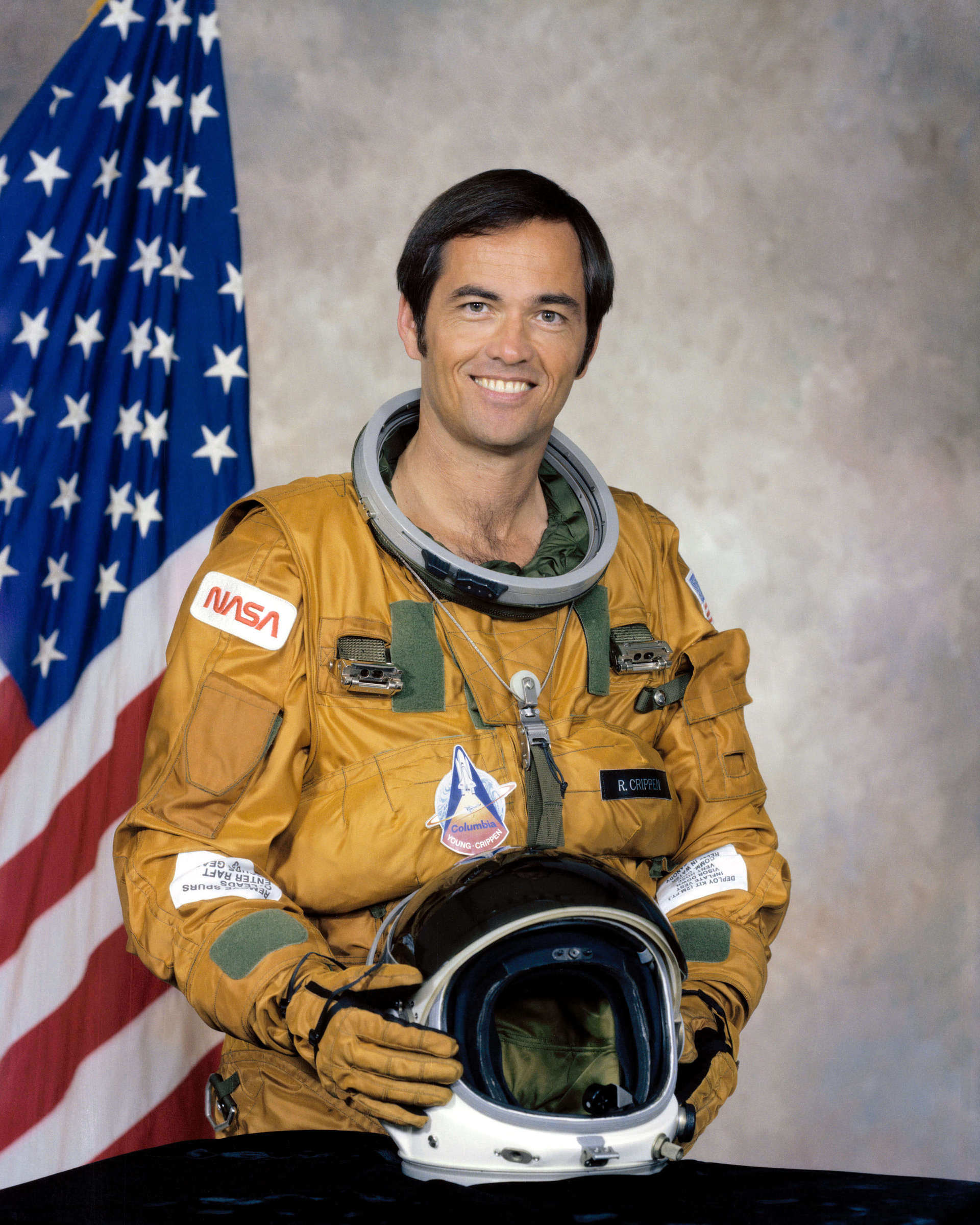
Robert Crippen
- Birthday: 09/11/1937
- Role: Commander
- Nationality: American
- First Flight: 04/12/1981
- Last Flight: 10/05/1984
Robert Laurel Crippen is an American retired naval officer and aviator, test pilot, aerospace engineer, and retired astronaut. He traveled into space four times: as Pilot of STS-1 in April 1981, the first Space Shuttle mission; and as Commander of STS-7 in June 1983, STS-41-C in April 1984, and STS-41-G in October 1984. Crippen received the Congressional Space Medal of Honor.
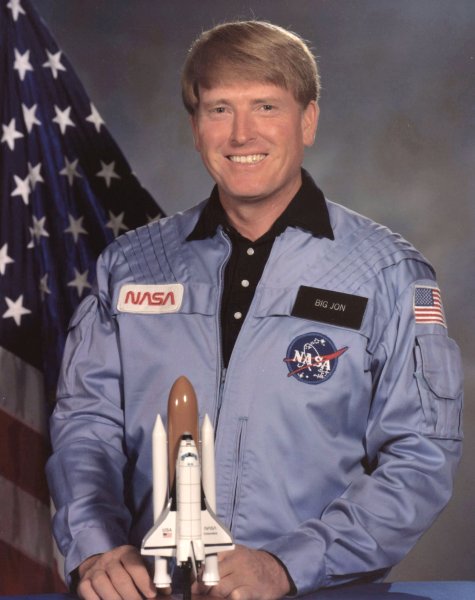
Jon McBride
- Birthday: 08/14/1943
- Role: Pilot
- Nationality: American
- First Flight: 10/05/1984
- Last Flight: 10/05/1984
Jon Andrew McBride is a retired American naval officer and aviator, fighter pilot, test pilot, aeronautical engineer, and a former NASA astronaut.
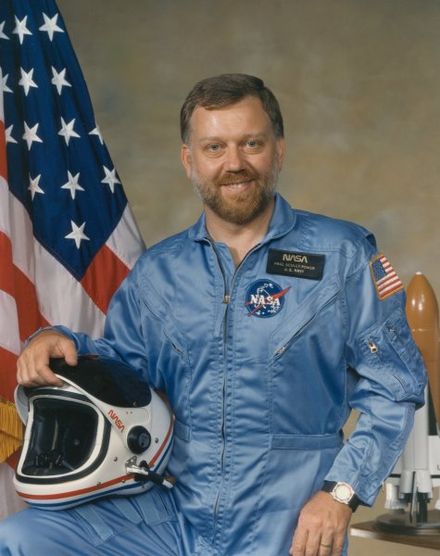
Paul Scully-Power
- Birthday: 05/28/1944
- Role: Payload Specialist
- Nationality: Australian-American
- First Flight: 10/05/1984
- Last Flight: 10/05/1984
Paul Desmond Scully-Power, AM, FRAeS (born May 28, 1944) is an Australian-American oceanographer, technology expert and business executive. In 1984, while a civilian employee of the United States Naval Undersea Warfare Center, he flew aboard NASA Space Shuttle mission STS-41-G as a Payload Specialist. He was the first Australian-born person to journey into space, and the first astronaut with a beard.
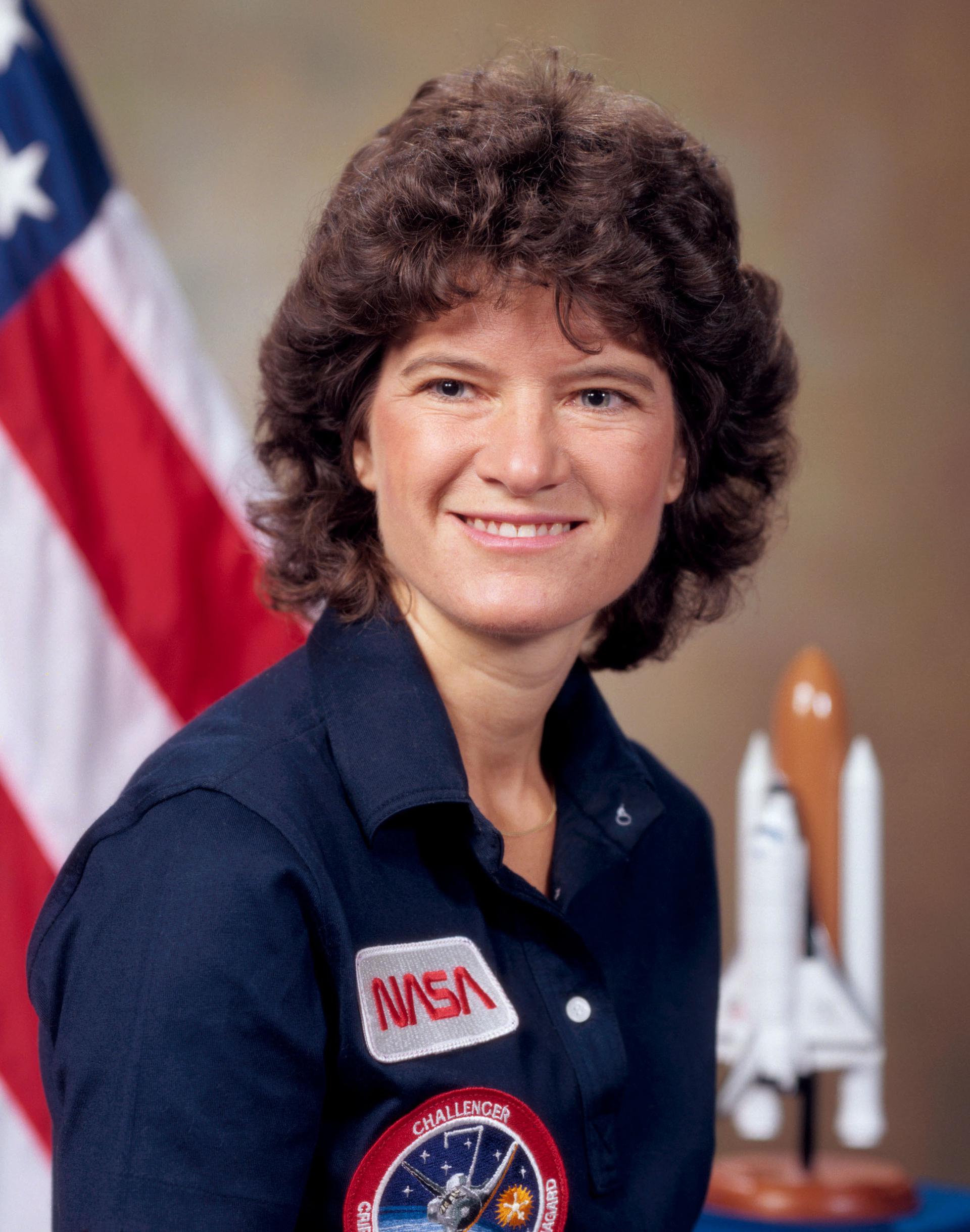
Sally Ride
- Birthday: 05/26/1951
- Role: Mission Specialist
- Nationality: American
- First Flight: 06/18/1983
- Last Flight: 10/05/1984
Sally Kristen Ride was an American astronaut, physicist, and engineer. Born in Los Angeles, she joined NASA in 1978 and became the first American woman in space in 1983. Ride was the third woman in space overall, after USSR cosmonauts Valentina Tereshkova (1963) and Svetlana Savitskaya (1982). Ride remains the youngest American astronaut to have traveled to space, having done so at the age of 32. After flying twice on the Orbiter Challenger, she left NASA in 1987. She worked for two years at Stanford University’s Center for International Security and Arms Control, then at the University of California, San Diego as a professor of physics, primarily researching nonlinear optics and Thomson scattering. She served on the committees that investigated the Challenger and Columbia space shuttle disasters, the only person to participate in both. Ride died of pancreatic cancer on July 23, 2012.
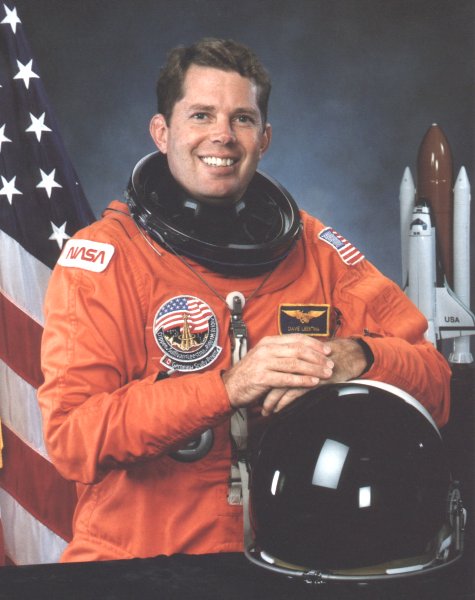
David Leestma
- Birthday: 05/06/1949
- Role: Mission Specialist
- Nationality: American
- First Flight: 10/05/1984
- Last Flight: 03/24/1992
David Cornell Leestma is a former American astronaut and retired Captain in the United States Navy.
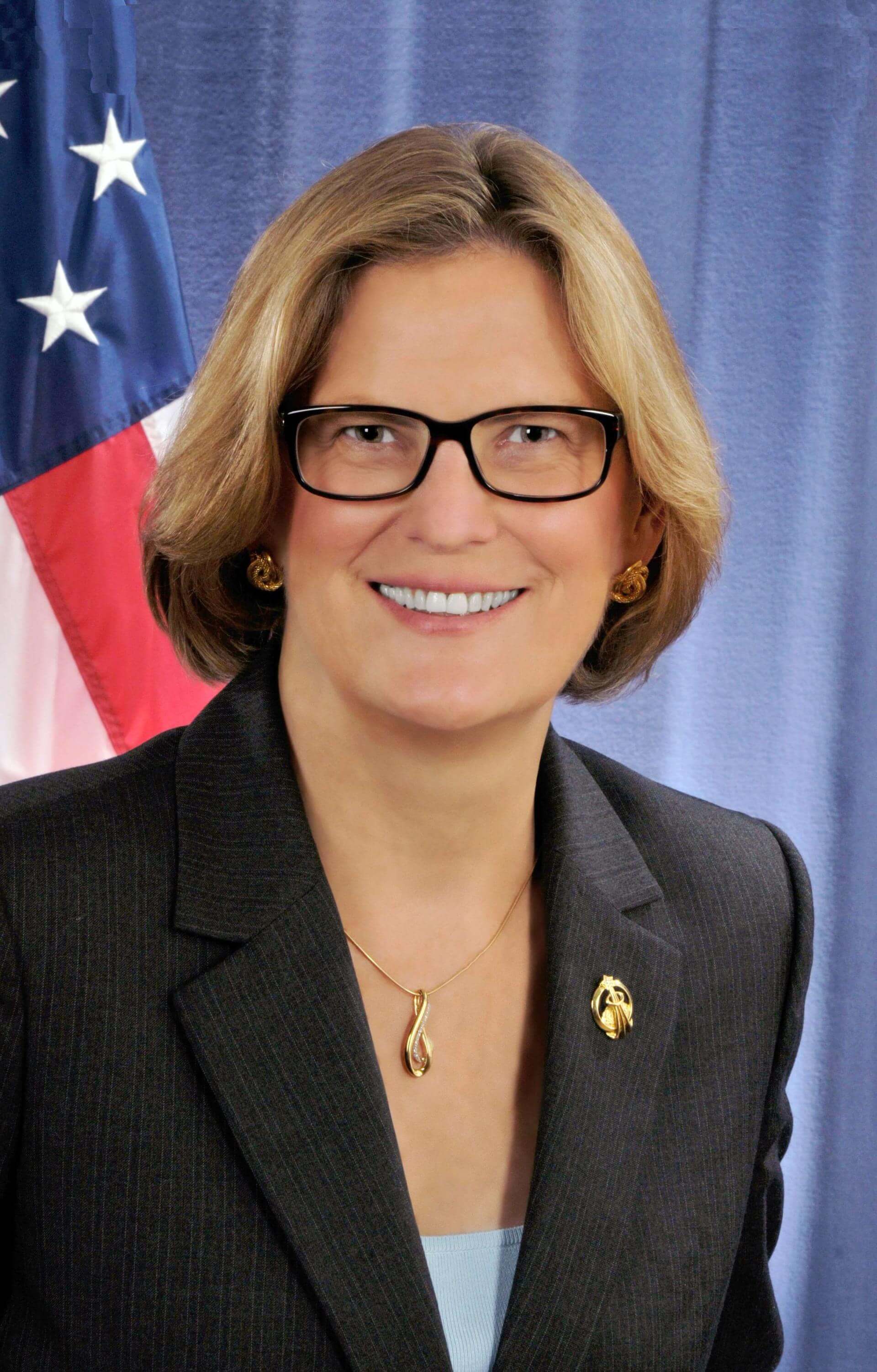
Kathryn D. Sullivan
- Birthday: 10/03/1951
- Role: Mission Specialist
- Nationality: American
- First Flight: 10/05/1984
- Last Flight: 03/24/1992
Kathryn Dwyer Sullivan is an American geologist and a former NASA astronaut. A crew member on three Space Shuttle missions, she was the first American woman to walk in space on October 11, 1984. She was Under Secretary of Commerce for Oceans and Atmosphere and Administrator of the National Oceanic and Atmospheric Administration after being confirmed by the U.S. Senate on March 6, 2014. Sullivan’s tenure ended on January 20, 2017 with the swearing in of President Donald Trump. Following completion of her service at NOAA, she was designated as the 2017 Charles A. Lindbergh Chair of Aerospace History at the Smithsonian Institution’s National Air and Space Museum, and has also served as a Senior Fellow at the Potomac Institute for Policy Studies.
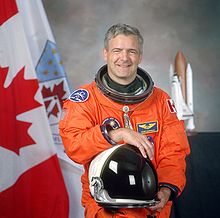
Marc Garneau
- Birthday: 02/23/1949
- Role: Payload Specialist
- Nationality: Canadian
- First Flight: 10/05/1984
- Last Flight: 12/01/2000
Garneau was one of the first Canadian Astronauts and he became the first Canadian in outer space in October 1984. In 1984, he was seconded to the new Canadian Astronaut Program (CAP), one of six chosen from over 4,000 applicants. He flew on the shuttle Challenger, STS-41-G from October 5 to 13, 1984, as payload specialist. He was promoted to Captain in 1986, and left the Navy in 1989, to become deputy director of the CAP. In 1992–93, he underwent further training to become a mission specialist. He worked as CAPCOM for a number of shuttle flights and was on two further flights himself: STS-77 (May 19 to 29, 1996) and STS-97 (to the ISS, November 30 to December 11, 2000). He has logged over 677 hours in space.
In February 2001, he was appointed executive vice-president of the Canadian Space Agency, and became its president on November 22, 2001.
Mission
STS-41-G
- Type: Earth Science
- Orbit: Low Earth Orbit
- Launch Cost: $450,000,000
STS-41-G was the thirteenth flight of the shuttle program and sixth of the Space Shuttle Challenger. It was the second landing made at the Kenendy Space Center. It was the first crew to carry two women, the first American EVA involving a woman, the first Australian Astronaut and first Canadian Astronaut.
Location
Launch Complex 39A
Kennedy Space Center, FL, USA
Launch Complex 39A has witnessed the launch of 174 rockets, including 173 orbital launch attempts, while Kennedy Space Center, FL, USA, has been the site for 232 rocket launches.
Rocket
National Aeronautics and Space Administration Space Shuttle
The Space Shuttle is a retired, partially reusable low Earth orbital spacecraft system operated from 1981 to 2011 by the U.S. National Aeronautics and Space Administration (NASA) as part of the Space Shuttle program. Its official program name was Space Transportation System (STS). Five complete Space Shuttle orbiter vehicles were built and flown on a total of 135 missions from 1981 to 2011.
